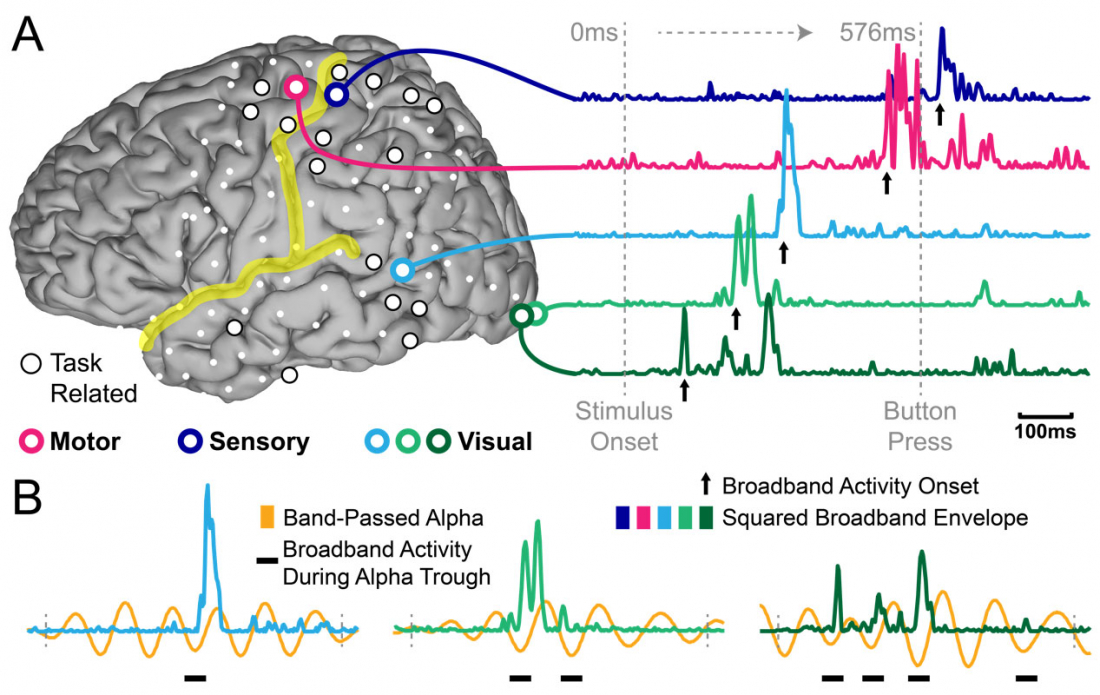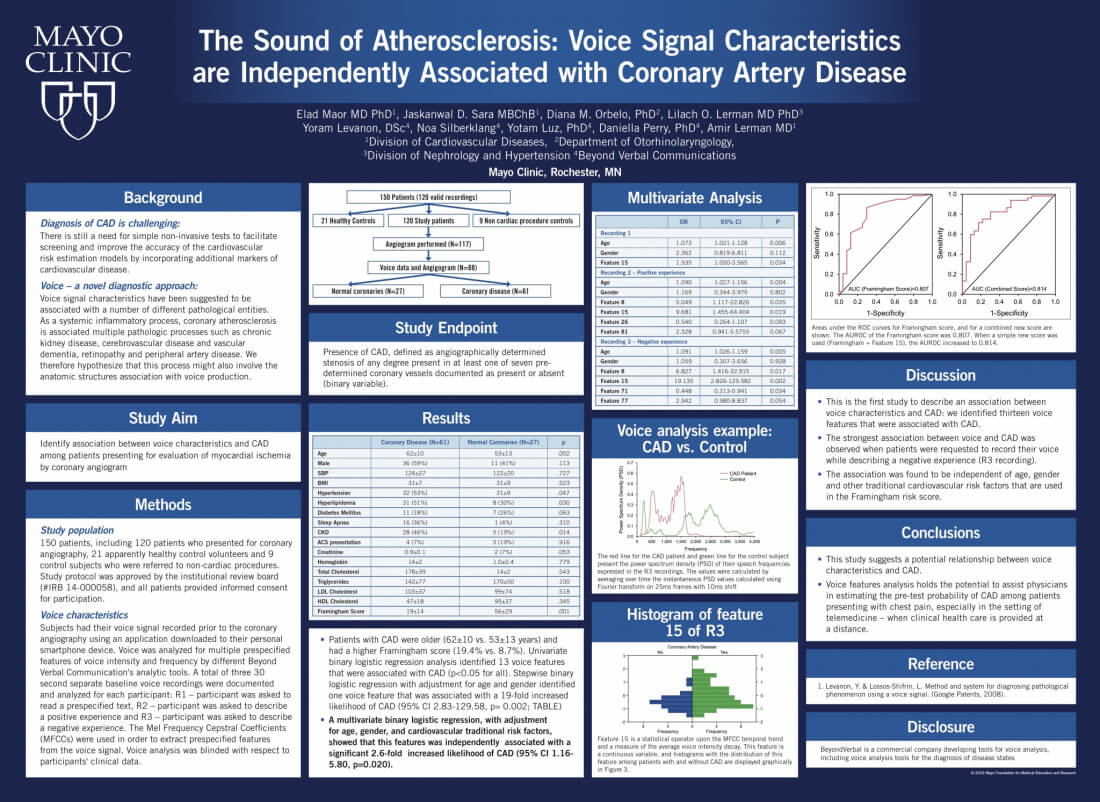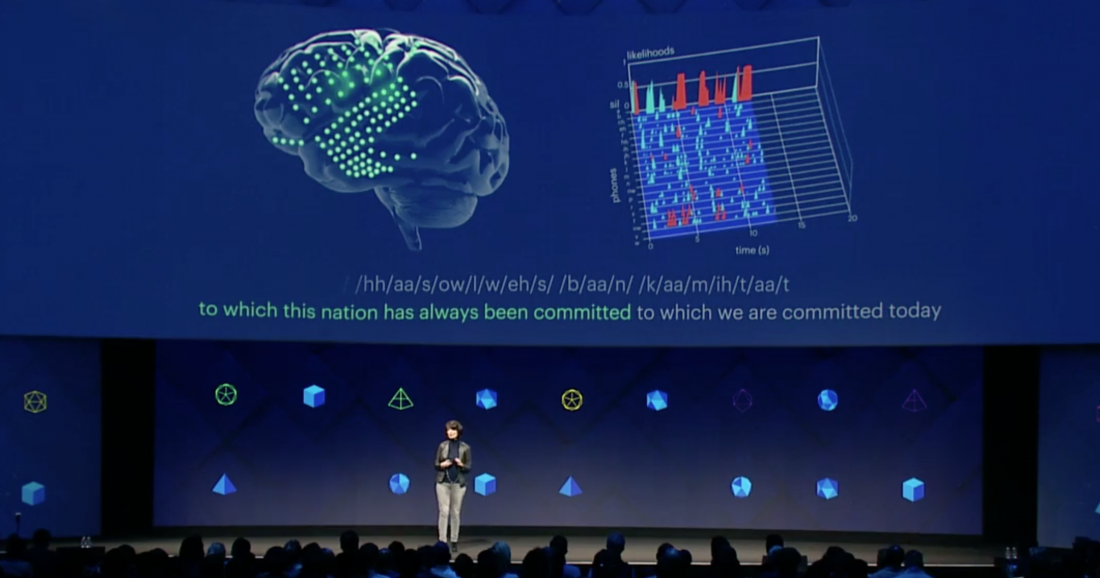Developments in big data and bio-tech are ushering in a new age of consumer electronics that will bring civilization toward being a connected 'Internet of Things.' As technology migrates from our desktops and laptops to our pockets and bodies, databasing and deep learning will allow for society to be optimized from the micro to the macro.
Here are five technologies that may not be on your radar today, but they sure are approaching closer and are expected to become very relevant very soon...
- Smart Voice Analytics
- Smart Contact Lenses
- Nanobots
- 5G Wireless
- Non-Invasive Brain Computer Interfaces
Smart Voice Analytics
Siri, is there a doctor in the house?
Smartphones and wearables could soon be equipped with software that is capable of diagnosing mental and physical health conditions spanning from depression to heart disease by listening for biomarkers through the sound of your voice.
Researchers are developing new ways to use machine learning for analyzing tens of thousands of vocal characteristics such as pitch, tone, rhythm, rate and volume, to detect patterns associated with medical issues by comparing them against voice samples from healthy people.
Founded in 2012 and backed with $10 million in funding over the last four years, Israeli-based "Beyond Verbal" is chief among startups who are creating voice analytic technologies that can track disease and emotional states. The company claims that its patented mood detector is based on 18 years of research about the mechanisms of human intonations from more than 70,000 subjects across 30 languages.
Beyond Verbal is developing an API to interface with and analyze data from voice-activated systems like those in smart homes, cars, digital assistants like Alexa and Siri, or any other IoT device. As a part of its outreach, the company is doing research with the Mayo Clinic and has expressed interest in working with organizations such as the Chan Zuckerberg Initiative.
Similarly, "Sonde Health" out of Boston, MA also aims to have its voice analytics AI installed on devices and is seeking people to provide samples through its smartphone app. The company's platform can detect audible changes in the voice and is already being tested by hospitals and insurance companies to remotely monitor and diagnose mental and physical health in real-time.
Long-term, the companies are looking at how historical patient records can be integrated in the age of AI and big data. In addition to privacy concerns, the ability for patients to fake vocal properties remains an obstacle that researchers are working to overcome.
Smart Contact Lenses
Blink once for yes, twice for augmented vision
Researchers including those at Google, Samsung and Sony are developing sensors and integrated circuits that are compact and biocompatible enough to be used in smart contact lenses. It's thought that such a device could be used for a variety of mainstream applications such as capturing photos and videos, augmenting reality, enabling enhancements like image stabilization and night vision, or even diagnosing and treating diseases.
For it to be comfortable, the lens must be compact in diameter and thickness, which presents many design challenges, particularly when it comes to power delivery. Standard chemical-based batteries are too large and risky for use in contacts so researchers are looking to near-field inductive coupling in the short term, while long term solutions could involve capturing solar energy, converting tears into electricity or using a piezoelectric device that generates energy from eye movement.
Eye movements such as blinking could also be used to interact with the lens and Sony has a patent describing technology that can distinguish between voluntary and involuntary blinks.

Although they are nascent, products in this category are already beginning to appear, including a compact heads-up display (HUD) developed by Innovega. Called 'eMacula' (formerly 'iOptik'), the prototype has been purchased by DARPA and combines contact lenses with a set of glasses that essentially serve as a projection screen. The contact lens has a special filter that enables the eye to focus on an image projected to the glasses while still being able to see the surrounding environment. In addition to military applications, if approved by the FDA, Innovega says its kit could be useful for gaming or 3D movies.
Elsewhere, the FDA has already approved a contact by Sensimed that can measure eye pressure in glaucoma patients, Google has filed patents for contacts such as those that can track glucose levels and researchers at UNIST are exploring the same subject, while the University of Wisconsin-Madison is working on auto-focusing lenses that could replace bifocals or trifocals. Technologies in this realm will largely depend on the availability of extremely compact and affordable biosensors.
In addition to external lenses, Canadian company Ocumetrics is currently conducting clinical trials on an injectable and upgradable auto-focusing bionic lens that claims it could improve 20/20 vision by three times. Future enhancements might include a slow-drug delivery system, augmented reality with an in-eye projection system that can wirelessly access device displays, and super-human sight that could focus to the cellular level.
In its latest press release from June 2017, Ocumetrics states that clinical approval should follow in the next two years for Canada & EU, and two to three years for the US FDA. Speaking about potential downsides of the technology during his presentation at Superhuman Summit 2016, Ocumetrics founder Dr. Webb Garth posited that not having the new lenses might wind up being the biggest drawback, noting the advantage that early adopters would have.
Non-Invasive Brain Computer Interfaces (BCIs)
Seamless mind-machine interactivity with digital worlds
Conceptualized more than a century ago and demonstrated in 1924 to be capable of measuring electrical activity in the human brain, EEG (electroencephalography) was heavily research through the 1970s courtesy of financing from the National Science Foundation and DARPA with some of the earliest brain-computer implants dating back to at least the 90s.

As brain research has accelerated in recent years, EEG technology has gotten much cheaper and less invasive. Today, companies including Facebook are seeking ways to package the technology into a novel consumer product. Although EEG was largely pioneered as a neuroprosthetic technology for impaired individuals such as those who are paralyzed, non-invasive brain-computer interfaces (BCIs) can now translate activity from the brain's speech center into text or some other interaction with a digital device.
EEG interfaces typically consist of a headset, skullcap or armband that convert brain activity into digital signals. This allows the technology to read impulses from the nervous system and creates the opportunity for devices that could let you to type with your mind for example, not to mention the potential for VR applications or any other medium that could benefit from a seamless BCI solution.
Regina Dugan, outgoing head of Facebook's Building 8, also formerly of Google and DARPA, said at the F8 Developer Conference in April 2017 that the company is developing a non-invasive sensor that can turn thoughts from the speech center of your brain into text on a computer at 100 words per minute. The endeavor has resulted in partnerships between Facebook and more than 60 researchers and engineers from institutions including John Hopkins, UC San Francisco, UC Berkeley and Washington University.
Other upcoming EEG-based technologies:
- Neurable - Is working on a brain-control system for augmented and virtual reality applications that involves an EEG headset with electrodes alongside an app that analyzes brain activity and converts them into commands.
- CTRL-Labs - Uses an armband to read electrical signals from the arm, which has motor neurons so complex that they are compared to speech, making them an ideal candidate for interfacing with computers and mobile devices.
- Emotiv - Employs a 5 or 14 channel EEG headset for brain monitoring and cognitive assessment which can be used for brain control technology, brain wellness assessment, brain research and education, as well as to reveal emotional reactions to products.
- NeuroSky - Utilizes a multi-layer approach to full VR immersion goggles and an EEG headset to provide you with 'telekinetic' powers such as the ability to throw a truck with your mind in the game Neuroboy.
- Open-BCI - An open-source, DIY biohacker's kit that is Arduino-compatible and wireless. The package integrates biosensing and biofeedback with open source hardware, providing a suite of desktop apps, an SDK and third-party integration.
Given that brain scans are more individual than fingerprints, EEGs may eventually prove useful as a method of biometric identification and historical data from those scans could be used to evaluate trends in an individual's electrical signaling, revealing their levels of stress, focus or excitement, or more detailed information such as recognizing undiagnosed neuropsychiatric illnesses.


